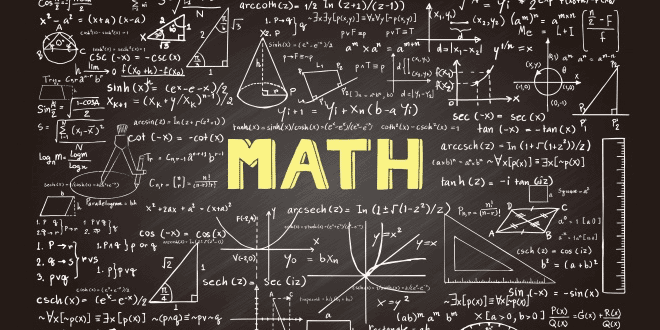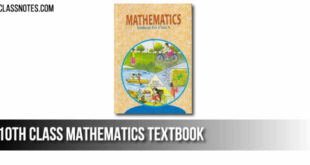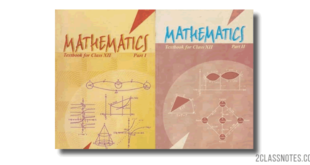Profit per Cent and Loss Per Cent
A. A manufacturer makes lamps at a cost price of Rs. 200. He sells them at Rs. 300. He makes a profit of Rs. 100 on the lamp.
He also makes fans that cost Rs. 500 per fan which he sells at Rs. 600. He makes a profit of a 100 on this too.
Thought he makes an equal profit on both the items, we know he has used less of his own money in the first example (since the making cost of the lamp is less than that of the fan).
We can express the profit in each case as a percentage of the cost price to be compare the two situations.
Profit percentage on the lamp = Profit amount/Cost price × 100 ← Formula to calculate profit per cent
= 100/200 × 100 = 50%
Profit percentage on the fan = Profit amount/Cost price × 100
= 100/500 × 100 = 20%
This shows us the he makes more profit on lamps than he does on fans.
B. The same manufacturer also makes mixers. The cost price of each mixer is Rs. 1500. He sells it at Rs. 1275. His loss is Rs. 225. We can find his loss per cent.
Loss percentage on the mixers = Loss amount/Cost price × 100 ← Formula to calculate loss per cent
= 225/1500 × 100 = 15%
CHECKPOINT: Profit or loss per cent is always calculated on cost price.
C. A bookseller bought a book for Rs. 360. He sold this at a loss of 15%. What was the loss amount ant what was the selling price?
Cost price = Rs. 360
Loss = 15%
Since loss per cent is calculated on cost price to find the loss amount, we need to find what is 15% of Rs. 360.
Loss amount = 15% of Rs. 360 = 15/100 × 360 = Rs. 54
Selling price = CP – Loss = Rs. 360 – Rs. 54 = Rs. 306
Loss amount = Rs. 54
Selling Price = Rs. 306
Check: SP + Loos = CP
Rs. 306 + Rs. 54 = Rs. 360
 Class Notes NCERT Solutions for CBSE Students
Class Notes NCERT Solutions for CBSE Students




